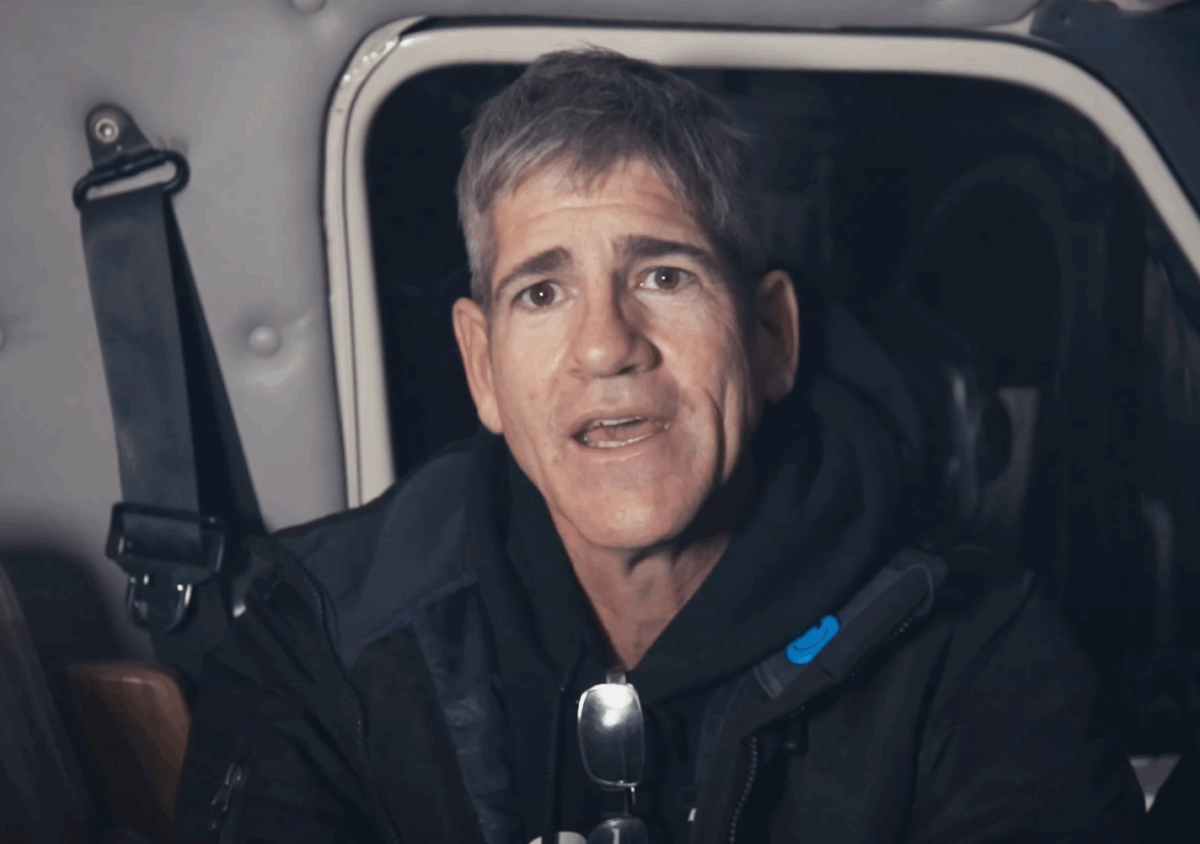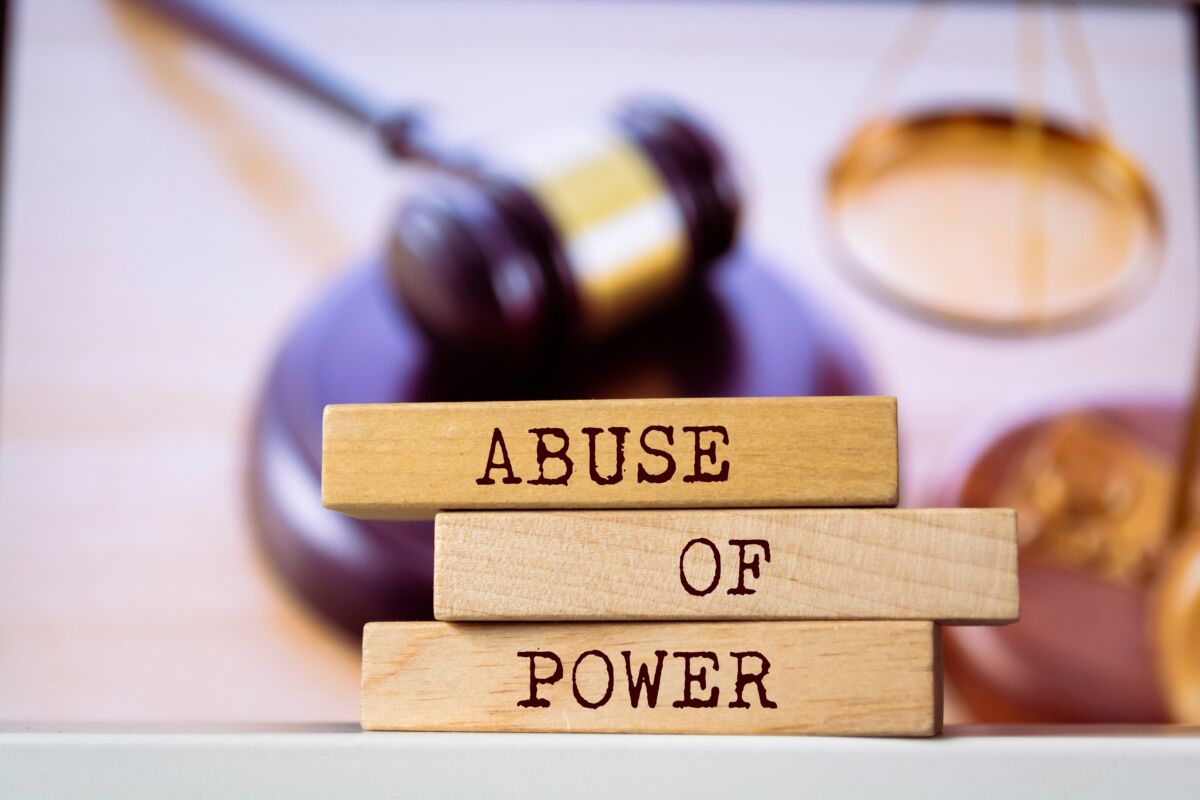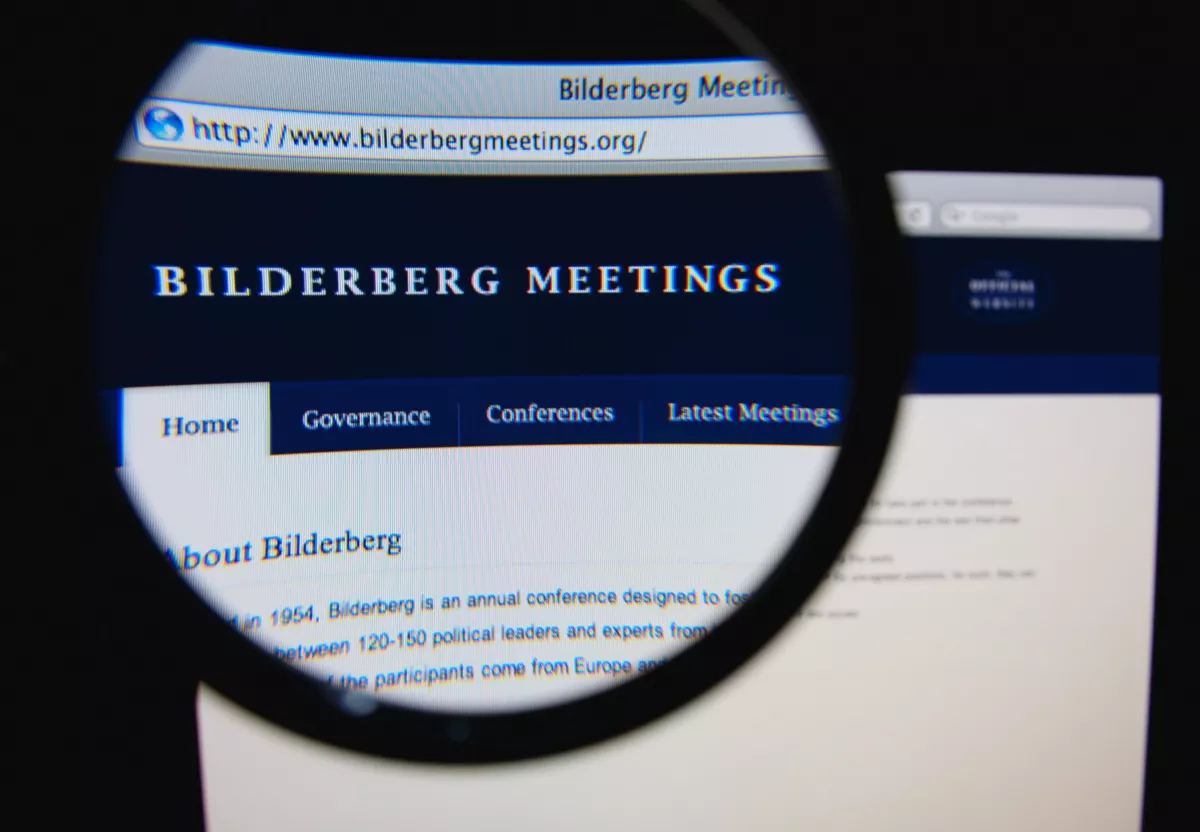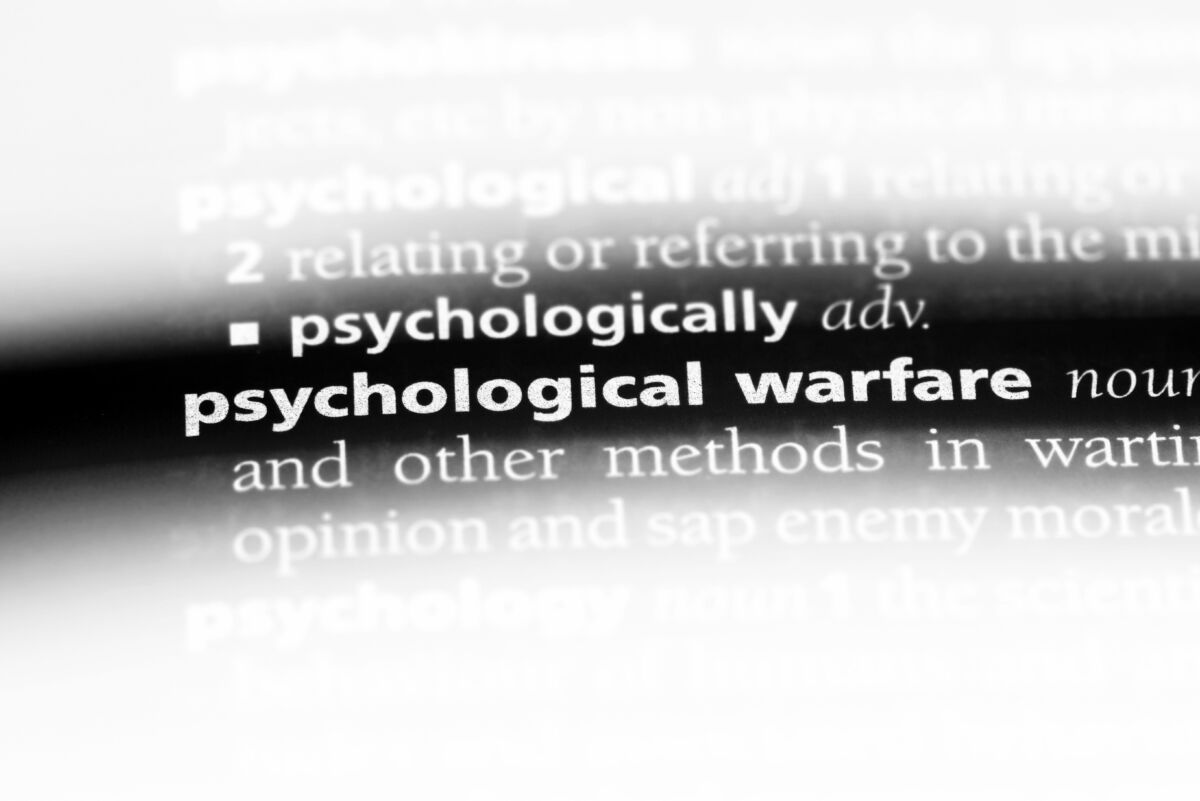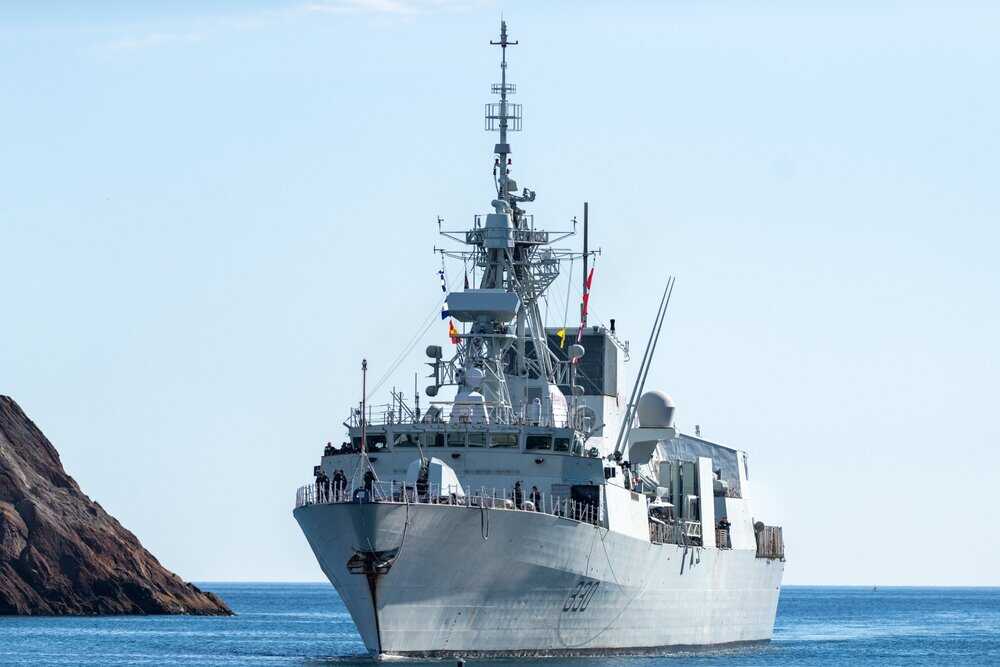
5-the-destruction-of-canadas-military
St. John’s, Newfoundland, Canada-March 2022: The HMSC Halifax frigate warship sailing into St. John’s Harbour after a military exercise at sea. Dolores M. Harvey / Shutterstock.com
The Destruction of Canada’s Military
By Alan Forsythe
Does Canada even need a military? That’s a question many on the left have asked rhetorically for decades now, insisting Canada has no need for national defence, as we live safely under the U.S. security umbrella (the irony being, these self-same people are, of course, almost always vehemently anti-American).
The answer (if anyone cared to listen) would be, of course Canada needs a military, we’re the second largest country in the world by area, have the world’s longest coastline, we are a top ten world economy and furthermore, aside from national defence, we have NATO commitments. So yes, most definitely we need a military, a strong one, and have never needed it more since perhaps the Korean War.
Yet, sadly, despite Canada’s proud military heritage, punching well above our weight in both world wars, Canadians today seem at best apathetic to Canada’s military, and at worst, downright hostile.
Don’t lose touch with uncensored news! Join our mailing list today.
Yes, by “Canadians” in this context, we really refer to the GTA, Metro Vancouver, and the province of Quebec. Nonetheless, there are a lot of voters in those regions. As a result, Conservative governments have been reluctant to raise military spending and Liberals gleefully slash it.
This past November, Vice Admiral, Angus Topshee, released a video to the media, lamenting the desperate state of the Royal Canadian Navy. In this video, he stated that maintaining the 12 Halifax frigates, now at the end of their service lifespan for another 15 years, “would be a challenge.”
To give an example of how much of a challenge that will be, the Halifax frigates have had 10 shipboard fires since 2018, and some of the ships have experienced multiple fires. These fires are mostly due to aging electrical equipment and wiring.
But what of the Halifax’s eventual replacement? The Type-26 frigate, is as of yet, an untested, and very complex design, put forward by BAE-Lockheed Martin in 2018. This design was previously chosen by the U.K. to be their main frigate, before cost over-runs forced them to cut their procurement by more than half.
The U.K. version of the Type-26 is still not an active warship, despite cutting steel for the first hull in 2017. The first ship in its class won’t be fully commissioned until 2027. BAE Maritime (the contractor for the ships in the U.K.) say production for the ships will be scaled up to eight years per ship, after the first batch of four is completed.
Irving Shipyards, who have been awarded the shipbuilding contract here in Canada, say they will produce the ships at a rate of eight years per ship, with production starting this year.
Even if we believe for a moment that the inexperienced Irving Shipyards will build the ships (slightly) faster than highly-experienced British shipbuilders, they have already taken three times as long to build the far less complex Arctic Offshore Patrol Ships than their Norwegian counterparts (and at more than 20 times the cost). And even if we believe that they will begin production this year, while they still labour to complete the AOPS, the first ship will not be commissioned until 2032.
As for those aforementioned AOPS, they are all ready running into serious maintenance issues, including leaky hulls (as reported by the Ottawa Citizen in February).
Let’s face it, Admiral Topshee and the RCN are going to be waiting much longer than 15 years to replace all 12 Halifax frigates (and the four Iroquois destroyers, decommissioned between 2007 and 2017).
What if we told you there was a cheaper, and proven alternative to the $5.5 billion per ship Type-26? In 2017, the French/Italian consortium that built the FREMM frigate (chosen by the U.S. Navy as their frigate replacement) offered to build 15 of their ships (a proven off-the-shelf design) for a guaranteed cost of $30 billion, with the first ship delivered in 2019, and a technology transfer to Canada.
The Liberal government of course said no, apparently seeing no value in saving taxpayers $55 billion. Not to mention, however many ships are eventually delivered (likely in 2040 if we’re being realistic), the billionaire Irving family will make a guaranteed $3 billion profit on the contract. That contract now states, up to 15 ships, so it’s not inconceivable the order could be halved to six or seven ships.
Some observers have called the Canadian approach to its military benign neglect. But that is really too charitable an assessment. The massive bureaucracy within the Canadian Armed Forces goes back to the Trudeau Sr. years, and in the years since, they’ve made Canada’s inefficiency at procurement legendary within NATO. A level of inefficiency that seems almost malicious, almost as if their goal is to hinder the Canadian Armed Forces.
Take the example of the CAF’s new sidearm. It has taken the CAF decades to replace the WW II era Browning Hi-Power 9mm. Spending over $50 million in research and testing since the early 2000s, finally making a decision in 2022. Note that $50 million does not include the purchase of up to 9,000 new handguns.
The U.K. also replaced the Browning Hi-Power back in 2013. It took them two years to make the procurement of 25,000 pistols for less than it cost the CAF to research the matter for two decades.
It’s hard to be that incompetent.
Then there’s the ever-shrinking military. This has been the case for the CAF ever since Lester Pearson years. Take the RCAF, for example. Starting in the mid-1960s, 1,200 F80 Sabre jets replaced with 200 F5s and roughly 200 F104s. Then, in the early 1980s, those 400 fighters were replaced with less than 140 F-18s. And up till today, with a planned (and long-delayed) purchase of 88 F-35s.
The Navy has had the same progressive shrinkage. In the early 1990s, 20 destroyer escorts and 20 minesweepers replaced with 12 frigates and 12 patrol vessels (with the four 1970’s era Iroquois destroyers kept in service). Those vessels to be replaced by six AOPS and up to 15 frigates.
We haven’t even touched on the disastrous purchase of the Upholder/Victoria class subs from the U.K. under the Chretien Liberal government. A purchase that seems designed to make it appear the government was supporting the navy, albeit at the least possible cost, $750 million in 1998. Since then, billions have been spent to keep the subs barely operational, and we do mean barely.
Again, instead of throwing away billions on next to useless submarines, they were and are much more advanced conventional sub designs available. Germany, Japan, Sweden, and France all have advanced AIP diesel/electric subs that can stay submerged for weeks.
The fact of the matter is, Canada’s military, on land, sea, and air, is critically short on modern and functional equipment. At a time when the world is becoming increasingly unstable.
This is not due to lack of spending, as is often the lament (not entirely at least). We have shown that Canada, in many cases, has spent like drunken sailors on its military. But so inefficiently, that like drunken sailors, we have nothing to show for it.
What’s more worrying still is that there is no easy fix. The military is nearing critical failure on so many fronts, we may have arrived at the point where the funds needed to fix what’s broken are just too great to be feasible.




